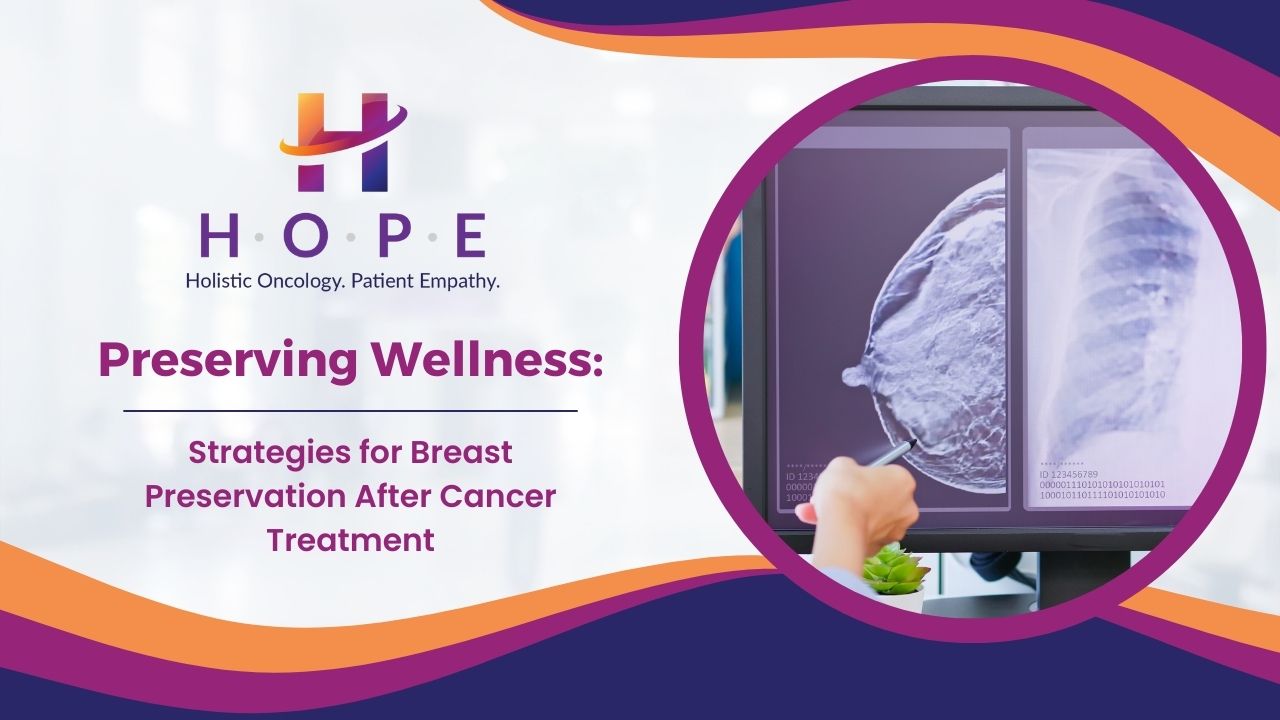Preserving Wellness: Strategies for Breast Preservation After Cancer Treatment
Introduction:
A breast cancer diagnosis can be a life-altering experience, prompting individuals to make critical decisions about their treatment plan. For many, preserving their breast tissue and overall well-being becomes a priority during and after cancer treatment. In this article, we explore various strategies for breast preservation post-cancer, addressing both the physical and emotional aspects of recovery.
Breast-Conserving Surgeries:
Lumpectomy:
Lumpectomy, or breast-conserving surgery, involves removing the tumor along with a margin of surrounding healthy tissue while preserving the majority of the breast. This approach aims to achieve optimal cancer removal while minimizing the impact on breast appearance.
Sentinel Node Biopsy:
Coupled with breast-conserving surgeries, a sentinel node biopsy helps determine the extent of cancer spread. Preserving the sentinel nodes reduces the risk of lymphedema and enhances the chances of maintaining normal arm and breast function.
Breast Reconstruction Options:
Immediate Reconstruction:
For individuals opting for mastectomy, immediate breast reconstruction involves reconstructing the breast during the same surgery. This approach allows for a seamless transition and can positively impact body image and emotional well-being.
Delayed Reconstruction:
Delayed reconstruction involves reconstructing the breast mound after the completion of cancer treatment. This option provides individuals with the flexibility to focus on recovery before considering reconstructive surgery.
Autologous Tissue Reconstruction:
Procedures such as DIEP flap (Deep Inferior Epigastric Perforator) or TRAM flap (Transverse Rectus Abdominis Muscle) use the individual’s own tissue, often from the abdomen, to reconstruct the breast. This approach provides a natural look and feel.
Implant-Based Reconstruction:
Reconstruction using breast implants is another option. Silicone or saline implants can be used to recreate the breast shape. The choice between autologous tissue and implants depends on various factors, including individual preferences and health considerations.
III. Nipple-Sparing Mastectomy:
Preserving the Nipple-Areola Complex (NAC):
In certain cases, a nipple-sparing mastectomy is performed, preserving the nipple-areola complex. This technique, coupled with breast reconstruction, aims to maintain a natural appearance and sensation, contributing to improved body image.
Enhanced Aesthetic Outcomes:
Nipple-sparing mastectomy often results in enhanced aesthetic outcomes, creating a breast that closely resembles its natural counterpart. This approach can have positive psychological effects on individuals post-surgery.
Emotional and Psychological Support:
Counseling and Support Groups:
Emotional and psychological well-being is integral to the overall recovery process. Engaging in counseling or joining support groups provides individuals with a platform to share experiences, express emotions, and receive guidance on coping strategies.
Body Image Workshops:
Participating in body image workshops or programs tailored for cancer survivors can help individuals navigate the emotional aspects of breast preservation post-cancer. These workshops often focus on self-acceptance and rebuilding confidence.
Lifestyle Modifications:
Healthy Diet and Exercise:
Adopting a healthy lifestyle, including a balanced diet and regular exercise, contributes to overall well-being. Exercise, in particular, has been shown to alleviate treatment-related side effects and improve emotional health.
Regular Follow-Up Care:
Consistent follow-up care with healthcare professionals is crucial for monitoring physical health and addressing any concerns. Regular check-ups provide an opportunity to discuss breast preservation outcomes and make adjustments to the treatment plan if necessary.
Scar Management:
Scar Massage and Moisturization:
Massaging and moisturizing surgical scars can help minimize their appearance and improve skin elasticity. Following healthcare provider recommendations for scar care supports the healing process.
Scar Revision Techniques:
In some cases, individuals may explore scar revision techniques to further refine the appearance of surgical scars. This may involve laser therapy, topical treatments, or surgical revision procedures.
Conclusion:
Breast preservation post-cancer is a multidimensional journey encompassing both physical and emotional aspects of recovery. By exploring various surgical and non-surgical options, individuals can make informed decisions that align with their preferences and health considerations. Beyond the physical aspects, emotional and psychological support play a vital role in fostering a positive post-cancer experience. Through a combination of medical advancements, lifestyle modifications, and emotional well-being strategies, individuals can embrace a path of breast preservation that promotes overall wellness and a renewed sense of self.

